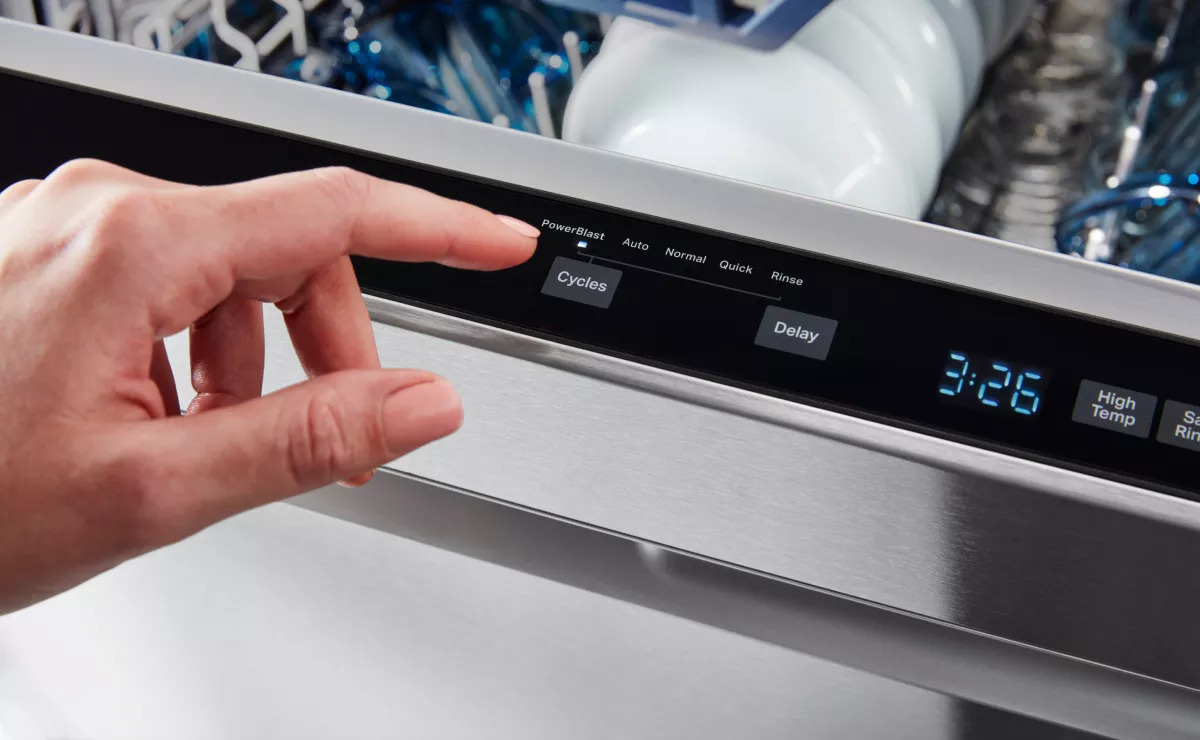

Articles
How To Start A Bosch Dishwasher
Modified: August 30, 2024
Learn how to start a Bosch dishwasher with step-by-step articles. Find helpful tips and troubleshooting guides to ensure a smooth and efficient dishwashing experience.
(Many of the links in this article redirect to a specific reviewed product. Your purchase of these products through affiliate links helps to generate commission for Storables.com, at no extra cost. Learn more)
Introduction
Welcome to the comprehensive guide on how to start a Bosch dishwasher. Having a dishwasher can greatly simplify your daily chores and make your kitchen routine more efficient. Bosch dishwashers are known for their reliability, performance, and innovative features, making them a popular choice among homeowners.
In this article, we will cover everything you need to know to get your Bosch dishwasher up and running. From safety precautions to troubleshooting tips, we’ve got you covered. So, let’s dive in and explore the step-by-step process of starting your Bosch dishwasher.
Before we begin, it’s important to note that while the specific features and controls may vary slightly depending on the model you own, the basic process of starting a Bosch dishwasher remains the same. Make sure to consult your user manual for any model-specific instructions or guidelines.
Now, let’s move on to the first section of our guide, which is all about safety precautions when working with a dishwasher.
Key Takeaways:
- Prioritize safety by following essential precautions when starting and using your Bosch dishwasher, ensuring a secure and efficient operation while safeguarding against potential hazards.
- Master the art of dishwasher maintenance, troubleshooting, and usage tips to unleash the full potential of your Bosch dishwasher, guaranteeing sparkling clean dishes and a worry-free experience.
Read more: How To Clean A Bosch Dishwasher
Safety Precautions
Before you start using your Bosch dishwasher, it’s important to follow some safety precautions to ensure your safety and the proper functioning of the appliance. Here are some essential safety tips to keep in mind:
- Read the user manual: Familiarize yourself with the user manual provided by Bosch. It contains important safety instructions, guidelines, and specific information about your dishwasher model.
- Keep children away: Dishwashers can be dangerous for children. Make sure to keep children away from the area when the dishwasher is running to prevent injury. Additionally, don’t allow children to play with the controls or touch any electrical parts of the dishwasher.
- Do not overload: Avoid overloading the dishwasher with too many dishes. Overloading can affect the cleaning performance and may lead to damage to the dishes or the dishwasher itself.
- Use appropriate detergent: Always use dishwasher detergent specifically formulated for use in dishwashers. Using other types of soap or detergent may cause excessive suds or damage the dishwasher.
- Avoid using bleach: Do not use bleach or bleach-containing detergents in your dishwasher, as they can damage the appliance and its components.
- Do not wash certain items: Avoid washing items that are not suitable for the dishwasher, such as wooden cutting boards, cast iron pans, delicate glassware, and items labeled as “hand wash only.” Check the dishwasher manual for a list of items that should not be washed in the dishwasher.
- Disconnect the power: Before performing any maintenance or cleaning tasks, ensure that the dishwasher is disconnected from the power supply. This will prevent the risk of electric shock.
- Carefully handle sharp objects: Be cautious when loading and unloading knives, glassware, or any other sharp objects. Always handle them with care to prevent cuts or injuries.
- Use proper ventilation: Ensure that your kitchen has proper ventilation to allow steam and moisture to escape during the dishwasher cycle. This will help prevent the growth of mold and mildew in your kitchen.
- Regular maintenance: Follow the recommended maintenance schedule outlined in the user manual. Regularly clean the filters, inspect the spray arms, and check for any leaks or unusual sounds.
By following these safety precautions, you can ensure a safe and efficient operation of your Bosch dishwasher. Now that we’ve covered the safety guidelines, let’s move on to the next section, which focuses on unpacking and installation.
Unpacking and Installation
Once you’ve familiarized yourself with the safety precautions, it’s time to unpack and install your Bosch dishwasher. Follow these step-by-step instructions to ensure a successful installation:
- Unpack the dishwasher: Carefully remove the dishwasher from its packaging. Make sure to check for any signs of damage or missing parts. Keep all the installation accessories and instructions handy.
- Prepare the installation area: Choose a suitable location for your dishwasher, preferably near the sink for easy access to water and drainage. Clear out any clutter and ensure that there is enough space to open the dishwasher door without any obstructions.
- Connect the water supply: Locate the water supply valve under your sink. Shut off the water supply by turning the valve clockwise. Next, connect the water supply hose provided with your Bosch dishwasher to the hot water supply valve. Ensure a secure connection.
- Connect the drain hose: Attach the dishwasher’s drain hose to the drain pipe or disposal unit under your sink. Make sure to secure it tightly to prevent any leaks.
- Secure the dishwasher: Use the mounting brackets or screws provided to secure the dishwasher to the underside of your countertop or cabinet. This will prevent it from tipping or moving during operation.
- Level the dishwasher: Use a level to ensure that the dishwasher is level from front to back and side to side. Adjust the height of the dishwasher legs if necessary to achieve a level position.
- Connect the power supply: Consult the user manual and follow the electrical requirements for your specific dishwasher model. Depending on the model, you may need to hardwire the dishwasher or plug it into a grounded electrical outlet.
- Perform a test run: Once the installation is complete, open the water supply valve and perform a test run. Check for any leaks or unusual noises. Make sure that the dishwasher is filling, draining, and operating properly.
- Adjust the door spring tension: If necessary, adjust the tension of the dishwasher door springs to ensure that the door opens and closes smoothly.
- Finalize the installation: Once you are satisfied with the installation and the test run, make any necessary adjustments and secure all the connections. Put back the lower access panel and any other panels that were removed during the installation process.
Following these steps will ensure a successful unpacking and installation of your Bosch dishwasher. Now that the dishwasher is properly installed, we can move on to the next section, which covers how to connect the dishwasher to the necessary water and electrical connections.
Connecting the Dishwasher
Now that your Bosch dishwasher is unpacked and installed, it’s time to connect it to the necessary water and electrical connections. Follow these steps to ensure a proper and secure connection:
- Water connection: Locate the water supply valve under your sink and turn it on to allow water to flow. Make sure the supply valve is fully open.
- Connect the water supply hose: Take the water supply hose provided with your dishwasher and connect it to the water inlet at the back of the dishwasher. Ensure that the connection is tight and secure.
- Electrical connection: If your dishwasher requires a direct electrical connection, follow the manufacturer’s instructions for wiring the dishwasher to the electrical supply. If it uses a standard plug, insert the plug into a grounded electrical outlet.
- Position the drain hose: Make sure the dishwasher’s drain hose is properly positioned and secure. It should be connected to the drain pipe or disposal under your sink. Avoid any kinks or twists in the hose that could restrict the flow of water.
- Check for leaks: Before running a full cycle, carefully inspect all the water connections for any signs of leaks. Look for any drips or pooling water around the supply and drain connections. If you notice any leaks, tighten the connections or replace any faulty components.
- Test the water supply: Run a test cycle to check if the dishwasher is receiving an adequate supply of water. The dishwasher should fill up with water up to the correct level. If there are any issues with the water supply, ensure that the water supply valve is fully open and check for any blockages in the hose.
- Ensure proper drainage: Once the dishwasher has filled with water and completed the wash cycle, check that it is draining properly. Make sure the drain hose is securely connected and that there are no clogs or obstructions in the drain pipe or disposal.
- Double-check the connections: After the test cycle, double-check all the connections to ensure they are secure and tightly in place. This will help prevent any future leaks or issues during regular use.
By following these steps, you will successfully connect your Bosch dishwasher to the water and electrical supply. With the connections in place, the next step is to load the dishwasher with your dirty dishes and start the cleaning process. We will explore this in the next section.
Loading the Dishwasher
Properly loading the dishwasher is crucial for efficient and effective cleaning. Here are some tips to help you load your Bosch dishwasher for optimal performance:
- Scrape off excess food: Before loading your dishes, scrape off any large food particles or debris into the trash. Avoid rinsing the dishes as modern dishwashers are designed to handle dirty dishes.
- Separate and arrange: Separate the different types of dishes. Place plates and bowls in the bottom rack, ensuring that they are spaced out for the water and detergent to reach all surfaces. Place larger items such as pots and pans on the sides or in the back of the bottom rack.
- Load glasses and cups: Place glasses and cups on the top rack. Angle them slightly to prevent water from pooling inside. Make sure to leave enough space between each glass to avoid any contact or damage during the wash cycle.
- Silverware and utensils: Load forks, knives, spoons, and other utensils in the utensil basket or caddy provided. Mix up the silverware to avoid nesting – this will ensure that the water can reach all sides for a thorough clean. Point knives with the handle up for safety.
- Avoid overcrowding: Avoid overloading the dishwasher as this can impact the cleaning performance. Give each dish enough space for the water and detergent to circulate freely. Overcrowding can lead to poor cleaning results and increased chances of dishes bumping into each other.
- Non-dishwasher safe items: Remember to keep non-dishwasher safe items, such as wood, cast iron, and delicate china, out of the dishwasher. Check the manufacturer’s instructions or labels on the items to determine if they are dishwasher safe.
- Secure lightweight items: If you are loading lightweight or small items, such as plastic containers or lids, place them in the top rack and consider using clips or clips to secure them in place. This will prevent them from moving around during the wash cycle and potentially blocking the spray arms.
- Take advantage of adjustable racks: Many Bosch dishwashers come with adjustable racks to accommodate larger or odd-shaped items. Adjust the racks as needed to fit baking sheets, tall glasses, or other bulky items.
- Check for proper spray arm rotation: Ensure that the spray arms can freely rotate without any obstructions. Make sure there are no large dishes or utensils blocking their path. This will help to evenly distribute water and detergent throughout the dishwasher.
- Double-check the water level: Before starting the dishwasher, ensure that the water level is adequate by running the kitchen faucet nearest to the dishwasher. This will ensure optimal cleaning performance during the wash cycle.
By following these loading tips, you’ll optimize the cleaning process and achieve sparkling clean dishes with your Bosch dishwasher. Once the dishwasher is loaded, it’s time to add detergent and select a wash cycle, which we will cover in the next sections.
Read more: How To Drain A Bosch Dishwasher
Adding Detergent
Adding the right detergent is essential for achieving clean and fresh-smelling dishes in your Bosch dishwasher. Here’s how to properly add detergent:
- Select the appropriate detergent: Choose a dishwasher detergent specifically designed for use in automatic dishwashers. Look for detergents that are formulated to remove food particles, grease, and stains effectively.
- Check the detergent compartment: Open the dishwasher detergent compartment, usually located on the inside of the dishwasher door. Check that it is clean and free from any residue or leftover detergent.
- Follow dosage guidelines: Read the instructions on the detergent packaging to determine the recommended dosage for your specific dishwasher model. Avoid using more detergent than necessary, as excess detergent can leave behind a residue or cause oversudsing.
- Choose the right detergent type: Bosch dishwashers are designed to work with a variety of detergent forms, such as powder, liquid, or gel. Choose the detergent form that works best for your cleaning preferences and dishwasher model.
- Add the detergent: Measure out the required amount of detergent and add it to the detergent compartment. Be careful not to overload or spill the detergent to ensure it dissolves properly during the wash cycle.
- Avoid pre-rinsing: In most cases, pre-rinsing your dishes is unnecessary when using a quality dishwasher detergent. The enzymes and cleaning agents in the detergent are designed to tackle food debris and stains.
- Close the detergent compartment: Once the detergent is added, securely close the detergent compartment. This will ensure that the detergent is released at the appropriate time during the wash cycle.
- Store detergent properly: To maintain the quality of your dishwasher detergent, store it in a cool, dry place away from moisture and humidity. Ensure that the detergent packaging is tightly sealed to prevent clumping or moisture absorption.
- Consider using rinse aid: Using a rinse aid in conjunction with the dishwasher detergent can enhance the drying process and reduce spotting or streaking on your dishes. Consult your dishwasher’s user manual for information on how to add rinse aid.
- Experiment with different detergents: If you find that your current detergent is not delivering satisfactory results, don’t hesitate to try a different brand or type of detergent. Every dishwasher is unique, and certain detergents may work better with your Bosch dishwasher.
By following these steps, you’ll ensure that the right amount of detergent is added to your Bosch dishwasher, leading to clean and spotless dishes. Next, let’s move on to the process of selecting a wash cycle that suits your cleaning needs.
Make sure the water supply is turned on and the door is securely closed before starting the Bosch dishwasher. Select the desired wash cycle and press the start button to begin the cycle.
Selecting a Wash Cycle
Choosing the appropriate wash cycle on your Bosch dishwasher is crucial for achieving the best cleaning results and optimizing energy and water usage. Here’s how to select the right wash cycle:
- Familiarize yourself with the wash cycles: Bosch dishwashers offer a range of wash cycles, including options like Normal, Heavy, Quick, Eco, and more. Take the time to understand the purpose and intensity levels of each cycle to determine which one is best for your needs.
- Assess the level of dirt and stains: Evaluate the condition of your dishes and determine the level of dirt and stains. If the load contains heavily soiled dishes or tough stains, such as baked-on food, opt for a Heavy or Intensive cycle. For lightly soiled dishes, a Quick or Eco cycle may be sufficient.
- Consider energy and water efficiency: Some wash cycles, such as the Eco or Energy-Saver mode, are designed to conserve energy and water. If you’re looking to minimize resource usage, choose one of these energy-efficient cycles.
- Choose the right temperature: Depending on the wash cycle, you may have the option to select a temperature setting. Hotter temperatures are generally more effective in removing tough stains and sanitizing dishes, while lower temperatures are suitable for delicate items.
- Utilize specialized cycles: Bosch dishwashers often have specialized cycles for specific types of items, such as glassware or delicate china. If you have a load of fragile or special items, use the appropriate cycle to ensure they are cleaned safely and effectively.
- Consider additional options: Some dishwashers offer additional options or features that can enhance the cleaning process. These may include options like Extra Dry, Half Load, Delay Start, or Sanitize. Determine if any of these options are relevant to your needs and activate them as desired.
- Refer to the user manual: If you need further guidance on selecting a wash cycle, consult the user manual provided with your Bosch dishwasher. It will provide specific details and recommendations for the wash cycles available on your particular model.
- Load positioning and rack adjustments: Depending on the specific wash cycle you choose, you may need to consider the positioning of dishes and adjust the racks accordingly. Consult the user manual for any specific loading instructions related to each wash cycle.
- Start the wash cycle: Once you have selected the appropriate wash cycle and made any necessary adjustments, start the dishwasher by pressing the Start or Power button. Close the dishwasher door securely to initiate the cycle.
- Monitor the progress: Keep an eye on the progress indicator or timer on your dishwasher to track the remaining time of the wash cycle. This will help you plan other activities accordingly and ensure that you’re aware when the cycle is complete.
By following these steps, you’ll have no trouble selecting the right wash cycle on your Bosch dishwasher, ensuring that your dishes are cleaned effectively and efficiently. In the next section, we’ll explore some additional options and settings that can further enhance your dishwasher experience.
Additional Options and Settings
Bosch dishwashers come equipped with a variety of additional options and settings that allow you to customize your dishwasher experience. These options can enhance cleaning performance, improve drying results, or provide added convenience. Let’s explore some of the additional options and settings that you may find on your Bosch dishwasher:
- Extra Dry: This option increases the drying time and temperature, ensuring that your dishes are dried thoroughly. It is particularly useful for plastic items or dishes that tend to retain moisture.
- Half Load: If you have a smaller load of dishes, you can choose the Half Load option to reduce water and energy consumption. This option is ideal for when you don’t have a full load but still want to run the dishwasher.
- Delay Start: The Delay Start feature allows you to set a specific time for the dishwasher to start the wash cycle. This can be convenient if you want the dishwasher to run during off-peak hours or when you’re away from home.
- Sanitize: Some Bosch dishwashers offer a sanitize option, which uses high-temperature water to kill bacteria and sanitize your dishes. This is especially useful for items like baby bottles or cutting boards that require extra sanitation.
- SpeedPerfect: With the SpeedPerfect option, you can reduce the wash cycle time without compromising the cleaning performance. It is a handy feature when you need your dishes cleaned quickly.
- IntensiveZone: The IntensiveZone setting targets heavily soiled items for a more thorough cleaning. It increases the water pressure and temperature in the lower rack while being gentle on delicate items in the upper rack.
- AquaSensor: The AquaSensor feature monitors the level of dirt in the dishwasher water and adjusts the wash cycle accordingly. This helps optimize water usage and ensures effective cleaning.
- ExtraQuiet: If you prefer a quieter dishwasher operation, the ExtraQuiet option reduces noise levels during the wash cycle. This can be beneficial if you have an open kitchen or are running the dishwasher during quiet hours.
- IntensiveDrying: Some Bosch dishwashers offer an IntensiveDrying option, which increases the drying temperature and extends the drying time. This results in improved drying performance, especially for plastic items that tend to retain moisture.
- Customizable settings: Depending on your specific dishwasher model, you may have access to additional customizable settings, such as water hardness adjustment or cycle completion alert. Consult your dishwasher’s user manual for information on any model-specific options.
Take advantage of these additional options and settings to tailor your dishwasher’s performance according to your specific cleaning needs and preferences. Now that you’re familiar with these features, let’s move on to starting the dishwasher in the next section.
Starting the Dishwasher
Once you have loaded the dishes, added detergent, and selected the appropriate wash cycle and options, it’s time to start your Bosch dishwasher. Follow these steps to begin the cleaning process:
- Double-check the dishwasher: Ensure that all the dishes are properly loaded, the detergent compartment is closed, and the dishwasher door is securely latched. This will prevent any leaks or interruptions during the wash cycle.
- Confirm the settings: Take a final look at the selected wash cycle and any additional options or settings that you’ve chosen. Make sure they align with your cleaning preferences and needs.
- Press the Start button: Locate the Start or Power button on your Bosch dishwasher’s control panel. Press the button firmly to initiate the wash cycle. The dishwasher will begin running based on the selected cycle and options.
- Monitor the dishwasher: As the dishwasher runs, you can monitor the progress through the display panel or by listening to the sound of the water and spray arms. Ensure that there are no unusual noises or leaks throughout the cycle.
- Avoid opening the door: It is best to avoid opening the dishwasher door during the wash cycle to prevent any disruption to the cleaning process. Opening the door can release steam and prolong the cycle time.
- Completion alert: Depending on your dishwasher model, you may receive an audible or visual alert when the wash cycle is complete. This allows you to unload the dishes or make use of any delay start features.
- Unlatch and cool down: Once the wash cycle is complete, the dishwasher will go into a cool down phase to allow the dishes to cool and dry. Wait a few minutes before unlatching or opening the dishwasher door to prevent any potential burns from hot dishes and steam.
- Unload the dishes: After the cool down phase, carefully unload the dishes from the dishwasher. Start by removing the top rack and then proceed to the bottom rack. Inspect the dishes to ensure they are clean and dry.
- Leave the door ajar: To allow any remaining moisture or steam to escape and prevent any lingering smells, leave the dishwasher door slightly ajar after unloading the dishes. This will also help air out the dishwasher interior.
By following these steps, you’ll successfully start your Bosch dishwasher and complete a full wash cycle. Remember to wait for the cool down phase before opening the dishwasher and proceed with unloading the clean and dry dishes. In the next section, we will discuss essential maintenance and cleaning to keep your dishwasher in optimal condition.
Read also: 12 Best Bosch Dishwasher Wheels for 2025
Maintenance and Cleaning
Regular maintenance and cleaning of your Bosch dishwasher are crucial to ensure its optimal performance and longevity. Here are some essential maintenance tasks to keep in mind:
- Clean the filter: The dishwasher filter captures food particles and debris to prevent them from clogging the spray arms and affecting the cleaning performance. Regularly remove the filter and rinse it under running water to remove any accumulated residue.
- Inspect the spray arms: Check the spray arms for any clogs or blockages. Use a toothpick or a small brush to remove any debris that may be obstructing the spray arm nozzles. This will help ensure even water distribution during the wash cycle.
- Wipe down the interior: Routinely wipe down the interior of the dishwasher, including the door gasket, door edges, and interior walls, with a damp cloth. This helps remove any residual food particles or stains that may have accumulated between cycles.
- De-scale if necessary: If you live in an area with hard water, mineral deposits can build up over time. Use a dishwasher cleaner or a mixture of vinegar and water to de-scale the dishwasher. Follow the manufacturer’s instructions for best results.
- Clean the exterior: Use a mild detergent and a soft cloth to clean the exterior of the dishwasher. Avoid abrasive cleaners or scouring pads that can damage the surface. Wipe down the control panel and buttons gently.
- Check for leaks: Regularly inspect the dishwasher for any signs of leaks. Look for water pooling around the base or under the dishwasher. If you notice any leaks, check the water connections and hoses for any loose or damaged parts.
- Keep the door seal clean: The door seal, or gasket, helps create a watertight seal when the dishwasher is closed. Wipe down the door seal regularly to remove any residue or debris that may compromise the seal. Ensure that the seal is intact and free from any damage.
- Remove and clean the utensil basket: Periodically remove the utensil basket and clean it thoroughly. Wash it with warm, soapy water to remove any food particles or debris that may be stuck to the bottom or sides.
- Inspect and clean the drain: Check the dishwasher’s drain area for any obstructions. Remove any debris or foreign objects that may have accumulated in the drain. This will help prevent clogs and ensure proper drainage during the wash cycle.
- Refer to the user manual: Consult the user manual for any specific maintenance instructions or guidelines provided by Bosch. This will ensure that you follow the manufacturer’s recommendations for maintaining your particular dishwasher model.
By performing these maintenance tasks regularly, you can extend the lifespan of your Bosch dishwasher and maintain its optimal cleaning performance. A well-maintained dishwasher will continue to provide reliable and efficient operation for years to come. In the next section, we will provide a troubleshooting guide to help you address common issues that may arise with your dishwasher.
Troubleshooting Guide
Even with regular maintenance, you may encounter occasional issues with your Bosch dishwasher. Here’s a troubleshooting guide to help you address common problems:
- Dishes not cleaning properly: Ensure that dishes are loaded properly, with no obstructions to the spray arms. Check that the water supply and spray arms are not clogged. Adjust the wash cycle and options if necessary.
- Dishes not drying completely: Make sure that the Rinse Aid dispenser is filled, as this helps with the drying process. If necessary, select the Extra Dry option. Also, allow the dishes to cool down before unloading to promote better drying.
- Water not draining: Check for clogs in the drain hose, drain pipe, or disposal. Ensure that the drain hose is positioned correctly and not kinked. Remove any debris from the drain area and clean the filter.
- Excessive noise during operation: Ensure that the dishwasher is level and stable. Check for any loose or foreign objects that may be causing the noise. Inspect the spray arms to ensure they are rotating freely and not hitting dishes.
- Foul odor inside the dishwasher: Clean the interior of the dishwasher to remove any buildup or residue. Check for any food debris in the filter or drain area. Run a hot water cycle with a dishwasher cleaner or a mixture of vinegar and water to eliminate odor-causing bacteria.
- Dishwasher not starting: Ensure that the door is securely closed and latched. Check that the dishwasher is receiving power and that the circuit breaker has not tripped. If necessary, refer to the user manual for specific troubleshooting steps.
- Error codes displayed: If your dishwasher displays an error code, consult the user manual for a list of error codes and their corresponding explanations. Follow the recommended steps to resolve the error or contact customer support for further assistance.
- No water entering the dishwasher: Check that the water supply valve is fully open and the water supply hose is connected securely. Look for any kinks or blockages in the water supply line. Ensure that the AquaStop valve (if equipped) is not activated due to a water leak.
- Control panel not responding: Verify that the dishwasher is receiving power. Reset the dishwasher by turning off the power at the circuit breaker for a few minutes, then turning it back on. If the control panel continues to be unresponsive, contact customer support.
- Excessive sudsing: Use the appropriate dishwasher detergent to avoid excessive sudsing. If you accidentally use the wrong detergent, run a rinse cycle to remove the excess suds. Adjust the dosage of detergent if necessary.
If you encounter a problem that persists or is not listed in this guide, consult the user manual for further troubleshooting steps or contact Bosch customer support for assistance. They will be able to provide specific guidance based on your dishwasher model and the nature of the issue.
By referring to this troubleshooting guide, you can address common problems and restore the optimal functioning of your Bosch dishwasher. Now that we’ve covered maintenance, troubleshooting, and usage tips, let’s conclude our comprehensive guide to starting a Bosch dishwasher.
Conclusion
Congratulations! You have reached the end of our comprehensive guide on how to start a Bosch dishwasher. We hope this guide has provided you with valuable information and insights to help you get the most out of your dishwasher and achieve sparkling clean dishes.
We started by emphasizing the importance of following safety precautions before starting your Bosch dishwasher. By ensuring the safety of yourself and others, you can enjoy a worry-free dishwasher experience.
We then moved on to unpacking and installation, walking you through the process step by step to ensure a successful and secure installation of your dishwasher. Connecting the necessary water and electrical connections properly is essential for the dishwasher’s proper functionality.
Loading the dishwasher correctly is crucial for effective cleaning. We provided tips on how to arrange your dishes, silverware, and fragile items to maximize cleaning performance and prevent damage during the wash cycle. We also covered the process of adding detergent and selecting the right wash cycle and additional options for your specific cleaning needs.
Proper maintenance and cleaning are key to keeping your Bosch dishwasher in optimal condition. We outlined important tasks such as cleaning the filter, inspecting the spray arms, wiping down the interior, and checking for leaks. Regular maintenance will guarantee a long-lasting and efficient dishwasher.
If you encounter any issues along the way, our troubleshooting guide offers solutions to common problems that may arise with your dishwasher. Following the troubleshooting steps can help you identify and resolve issues promptly, ensuring uninterrupted operation.
With this comprehensive guide, you now have the knowledge and confidence to start and maintain your Bosch dishwasher like a pro. Remember to consult your dishwasher’s user manual for model-specific instructions and guidelines.
We hope that this guide has made the process of starting and using your Bosch dishwasher easier and more enjoyable. By harnessing the power of this amazing appliance, you can free up valuable time and energy for more important things in life. Say goodbye to tedious dishwashing and welcome the convenience and efficiency of your Bosch dishwasher!
Now that you know how to get your Bosch dishwasher up and running, mastering how to load it effectively can make all the difference. Proper loading ensures clean dishes every time and maximizes energy efficiency. Our next guide walks you through the best practices for arranging your dishes, ensuring nothing's left out. With these savvy strategies, you'll optimize every wash, making dish duty a breeze. Don't miss out on these essential tips to get the most out of your Bosch dishwasher.
Frequently Asked Questions about How To Start A Bosch Dishwasher
Was this page helpful?
At Storables.com, we guarantee accurate and reliable information. Our content, validated by Expert Board Contributors, is crafted following stringent Editorial Policies. We're committed to providing you with well-researched, expert-backed insights for all your informational needs.
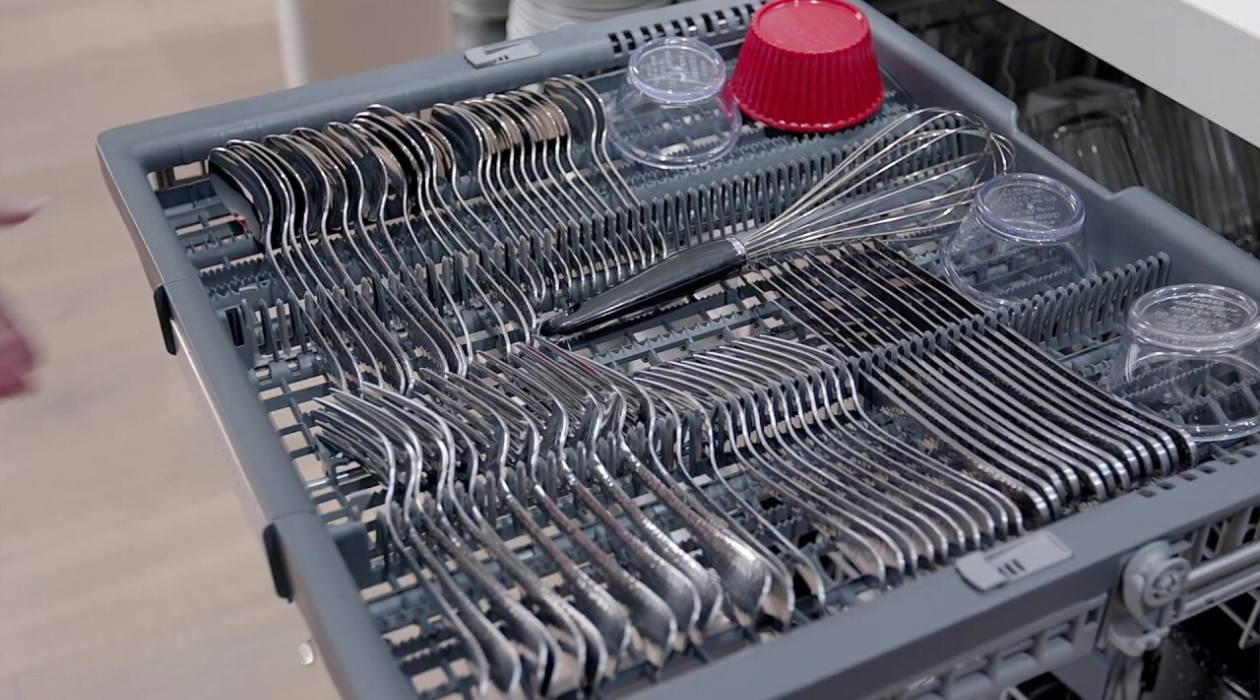
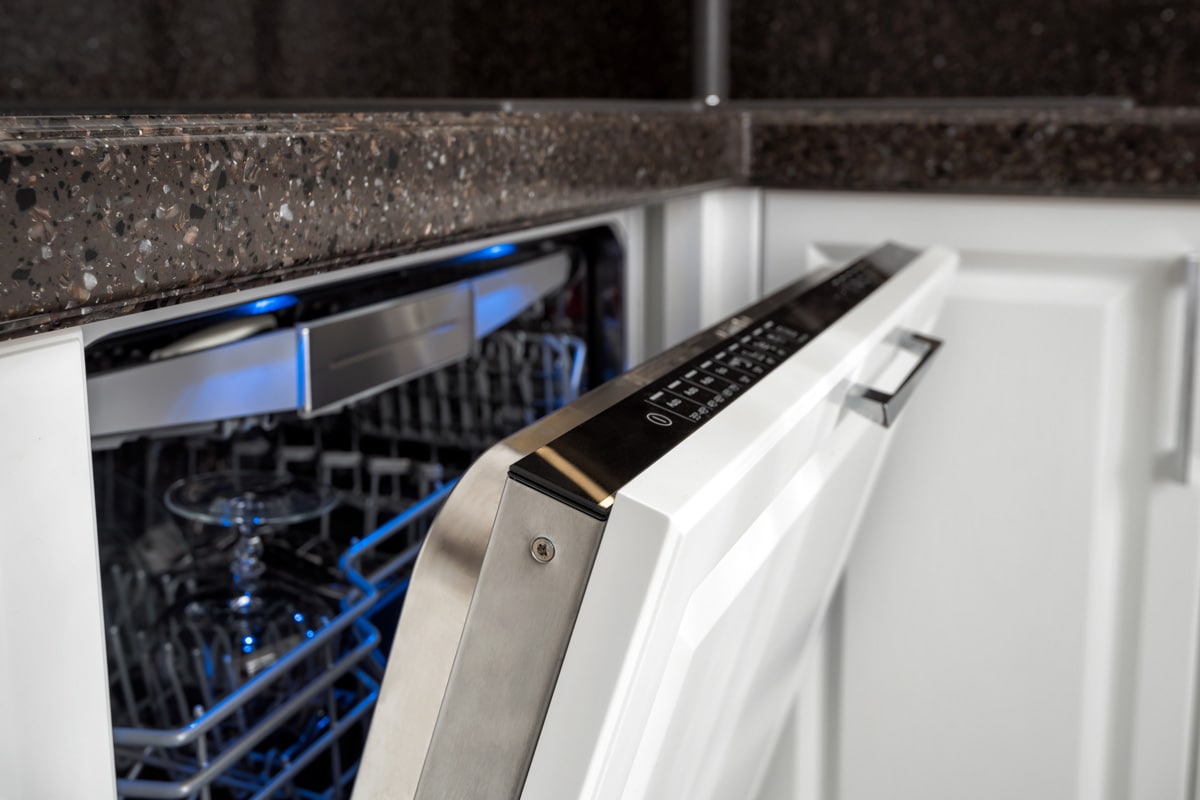
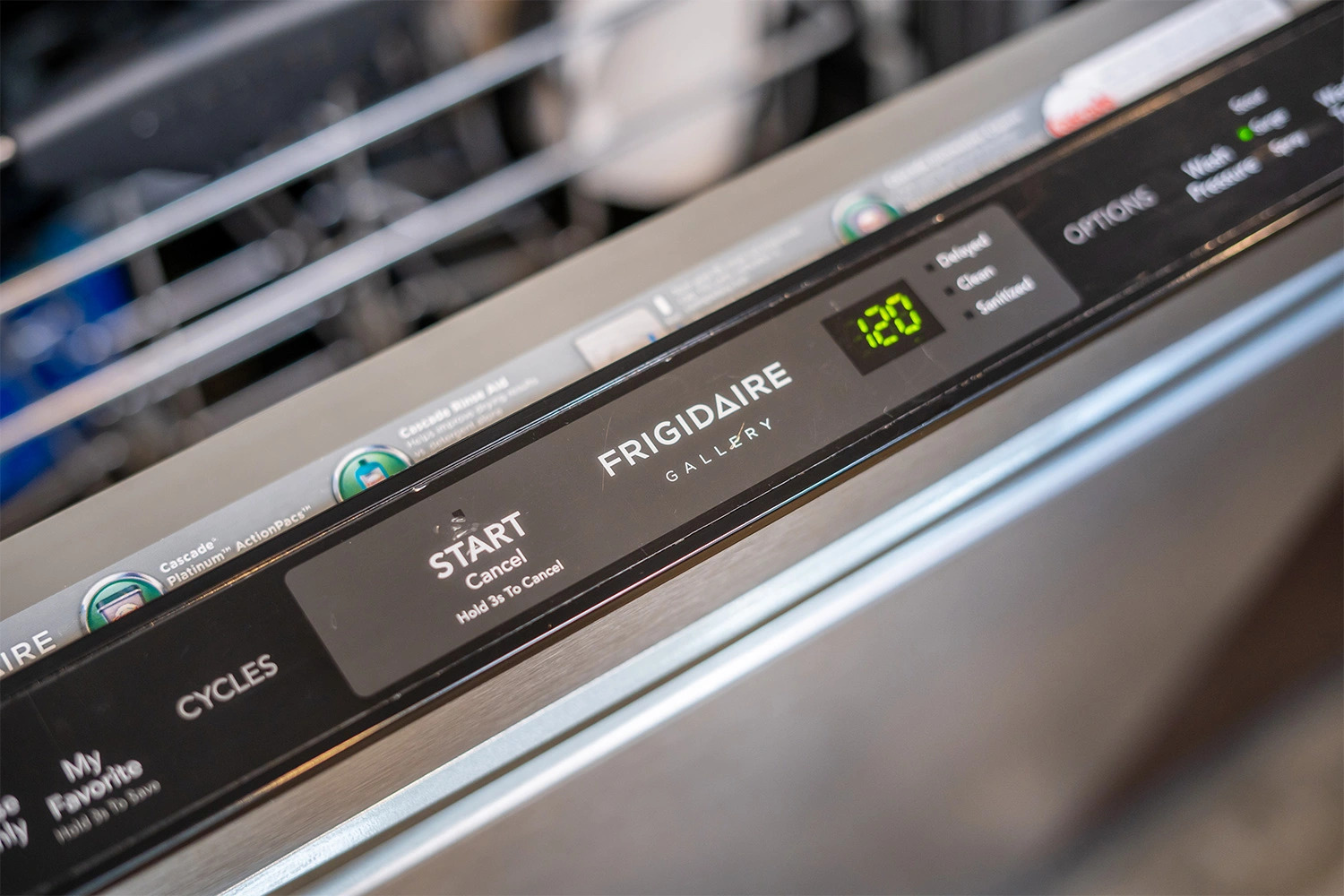
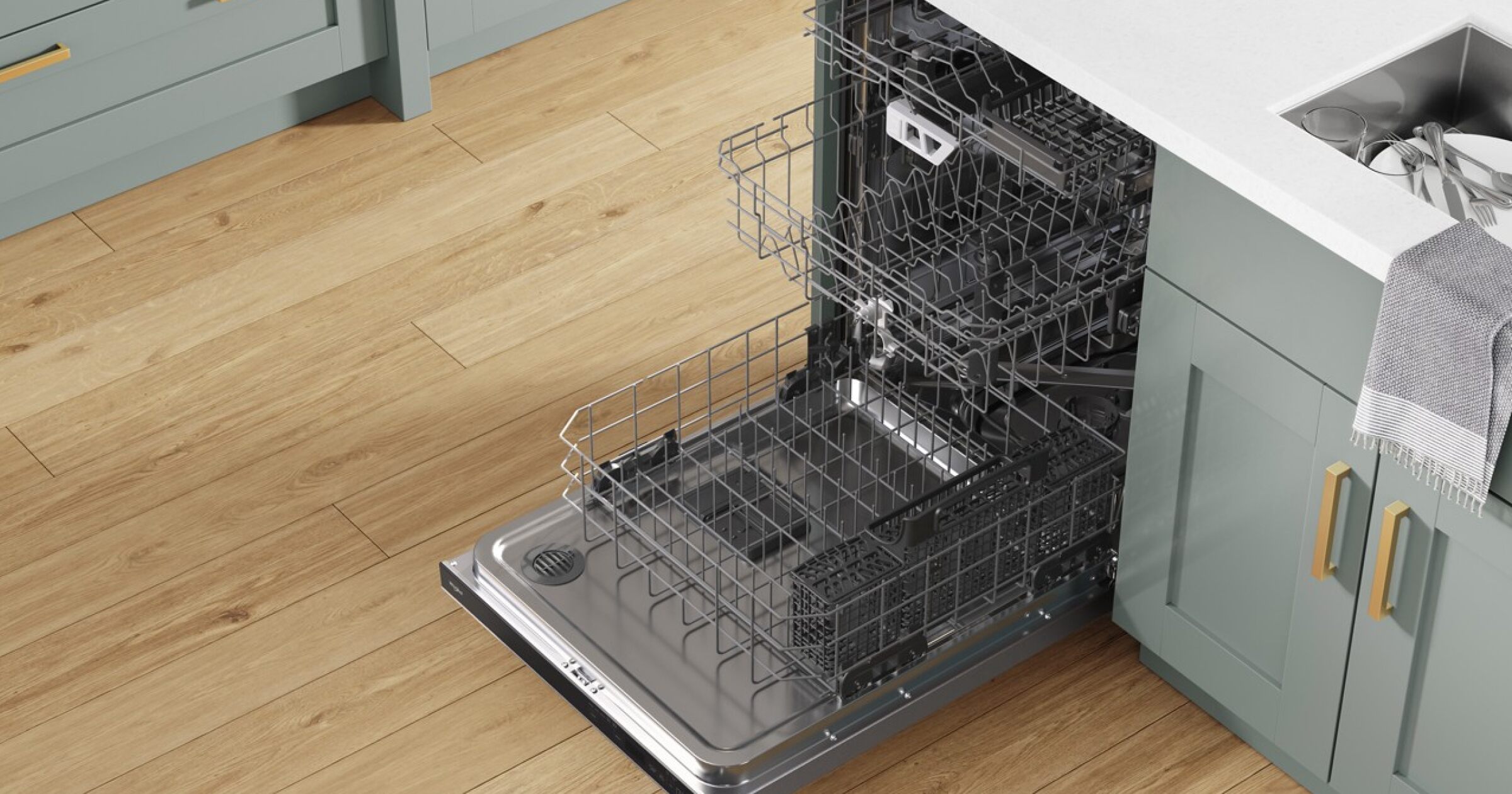
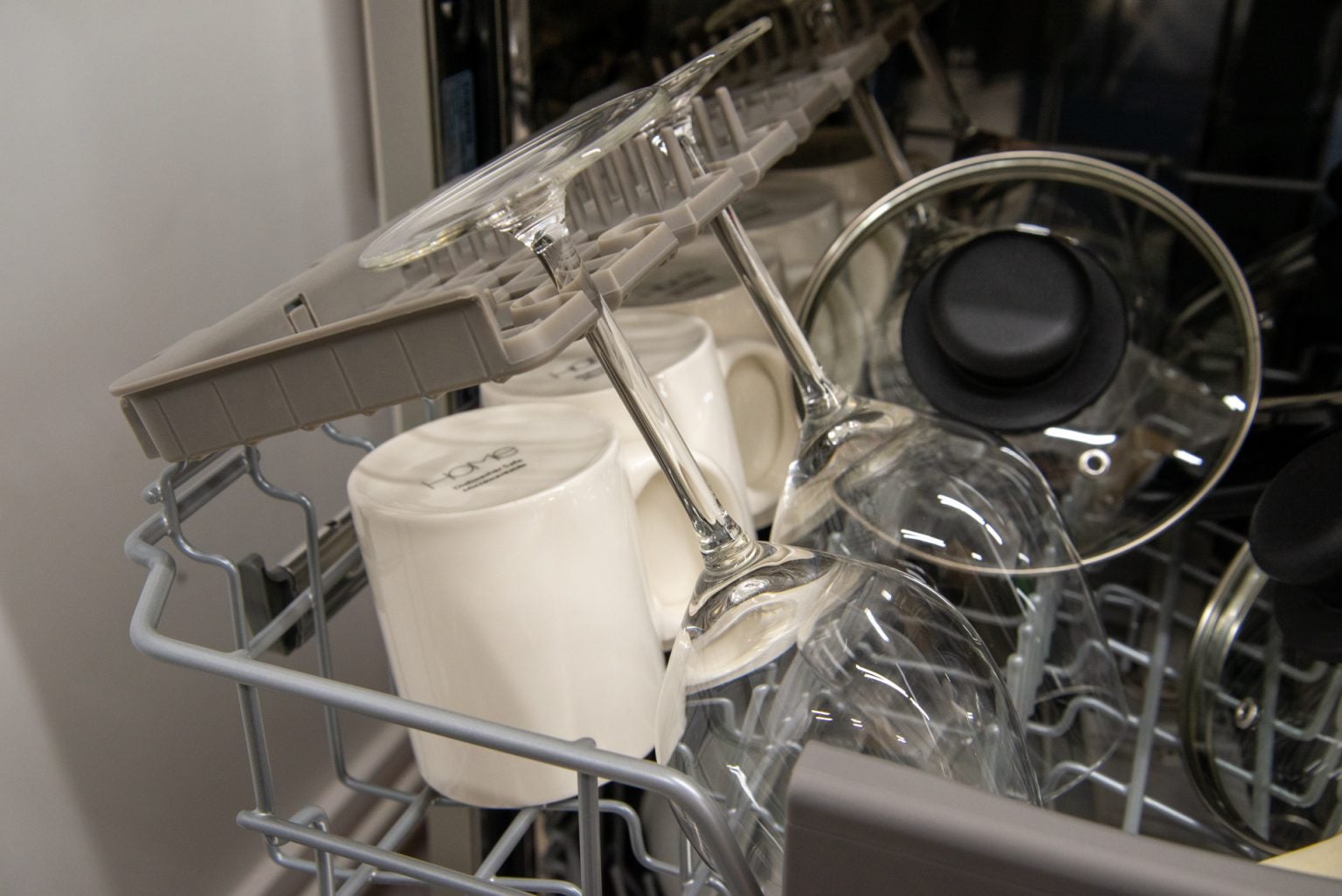
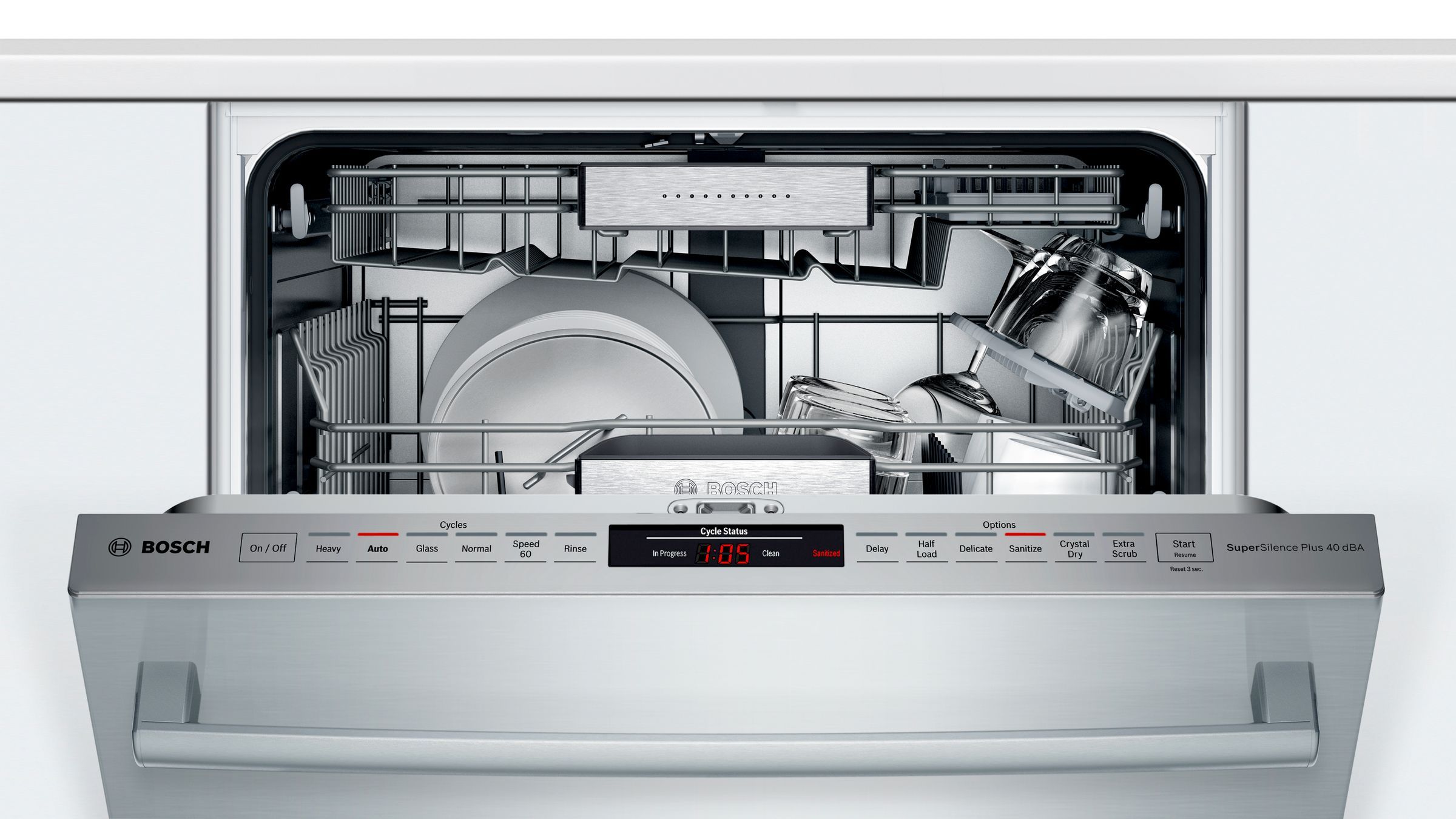
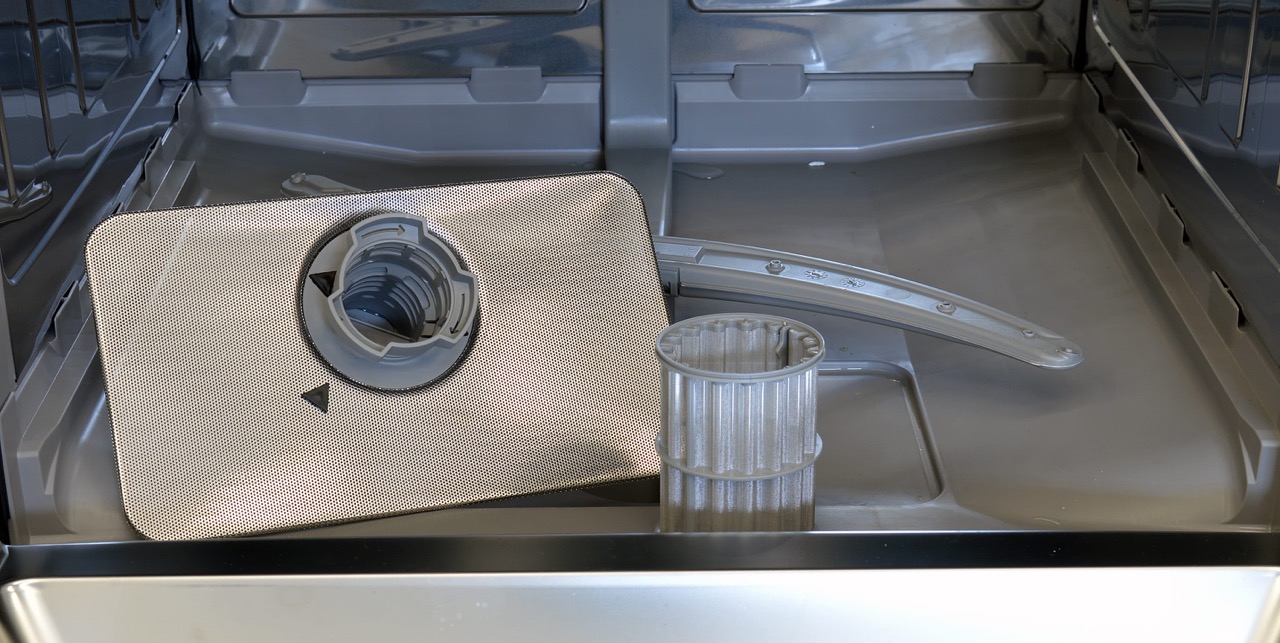
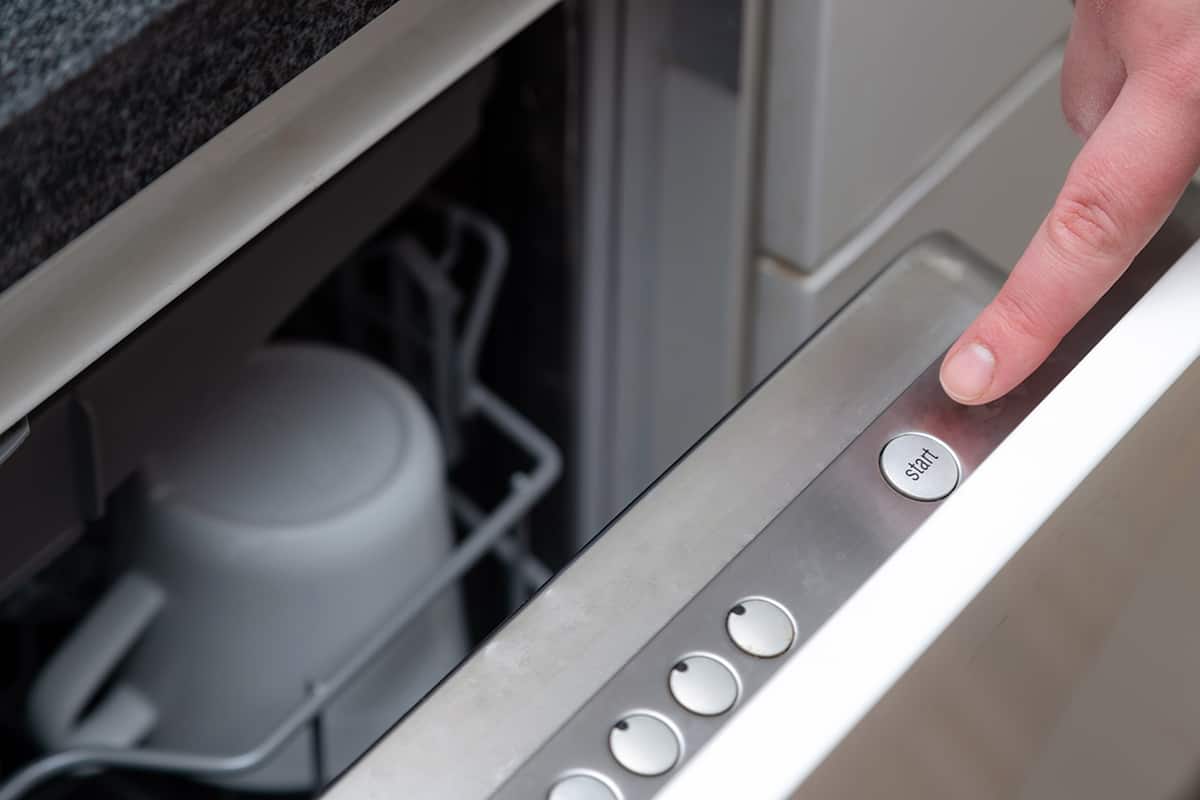
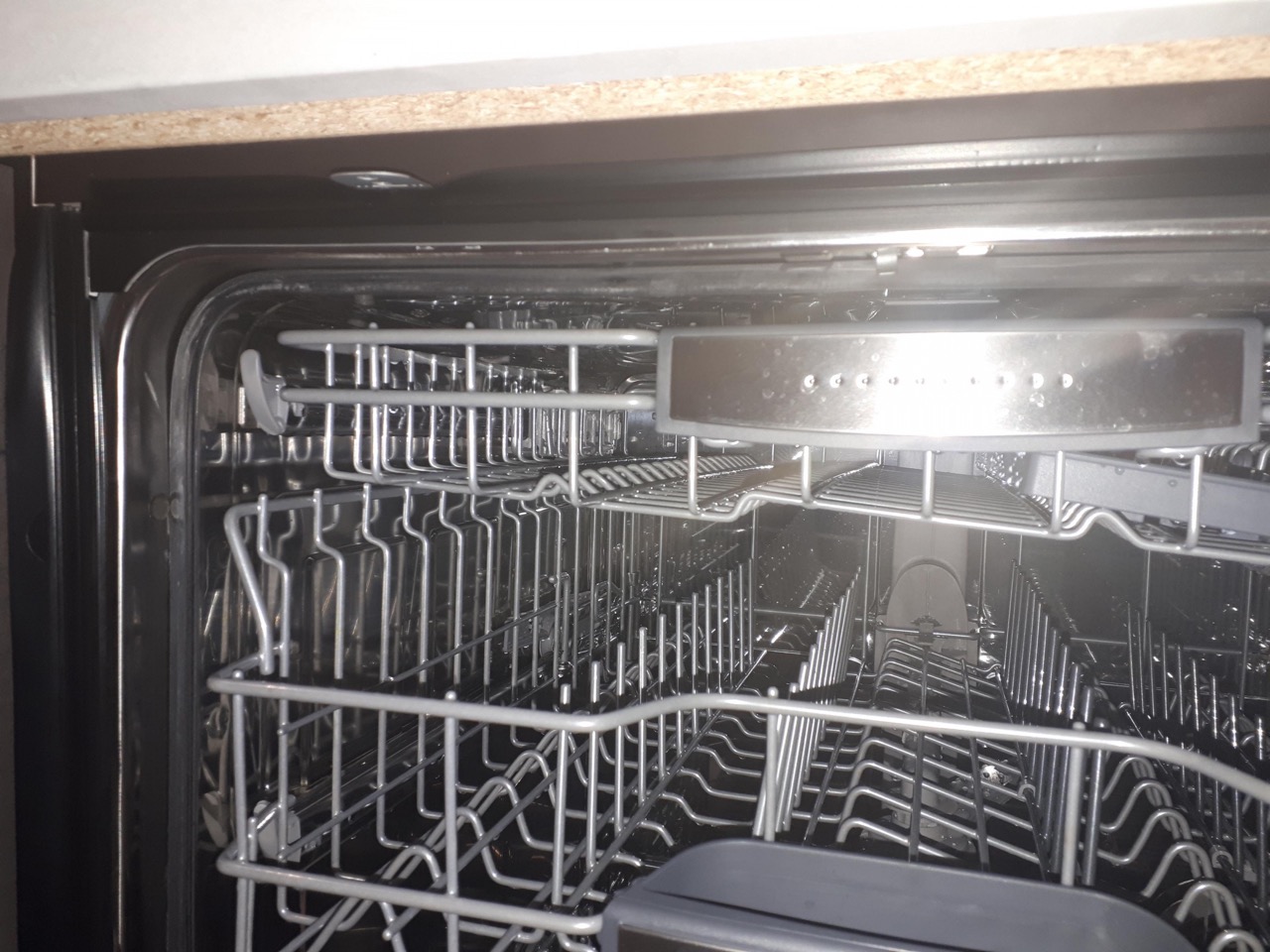
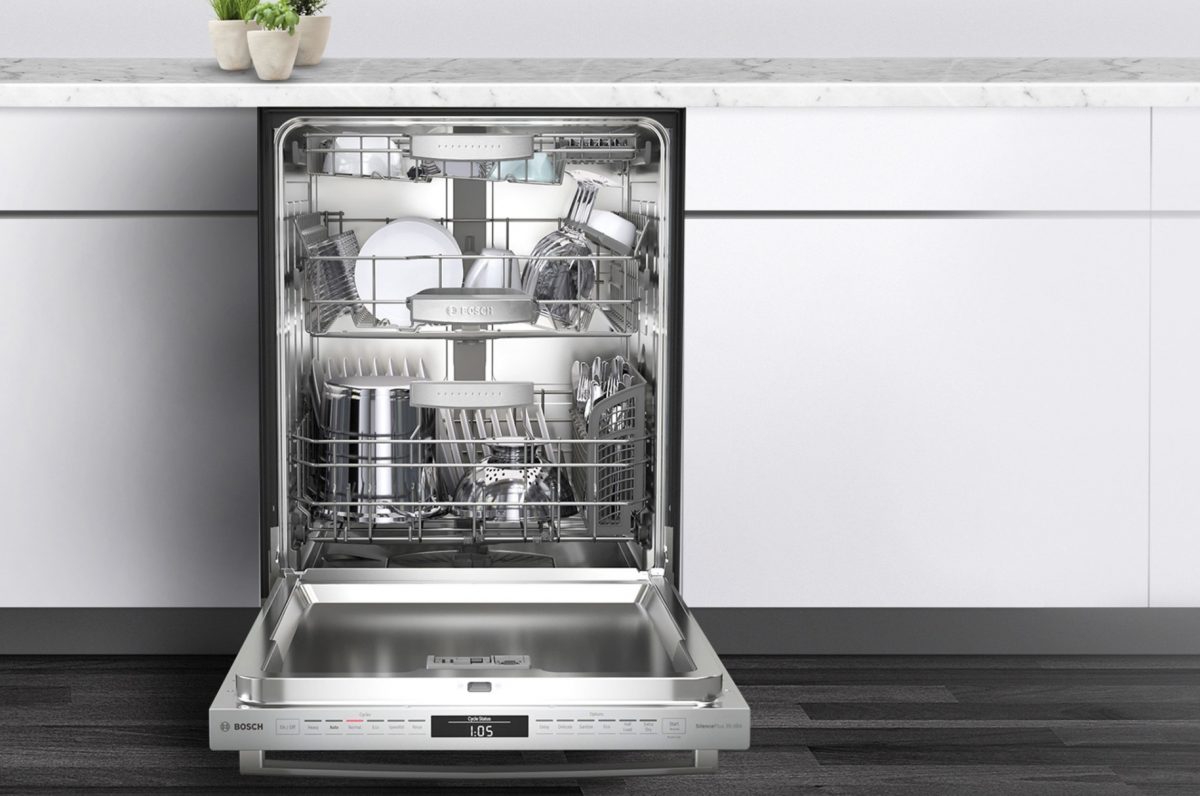
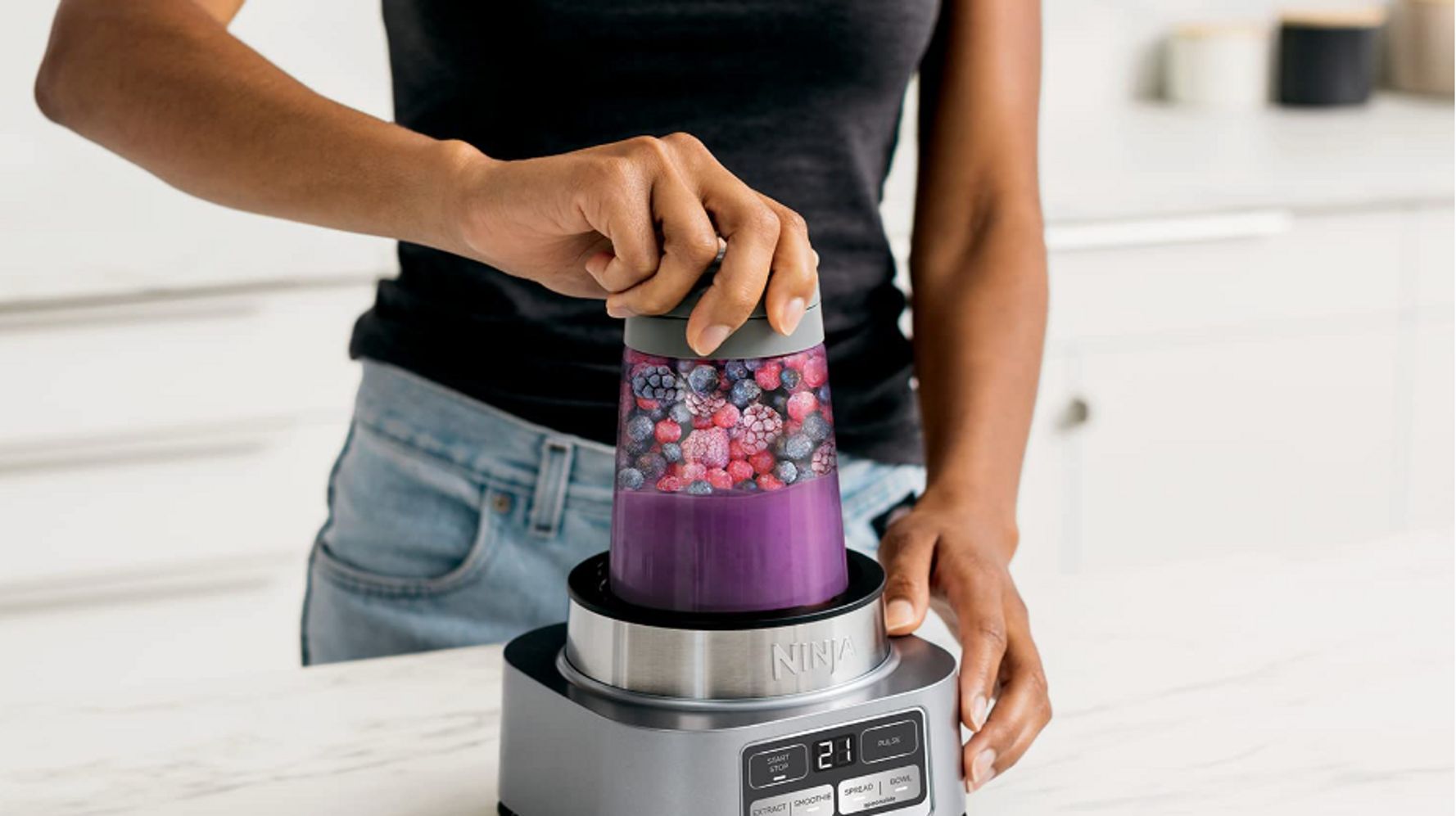
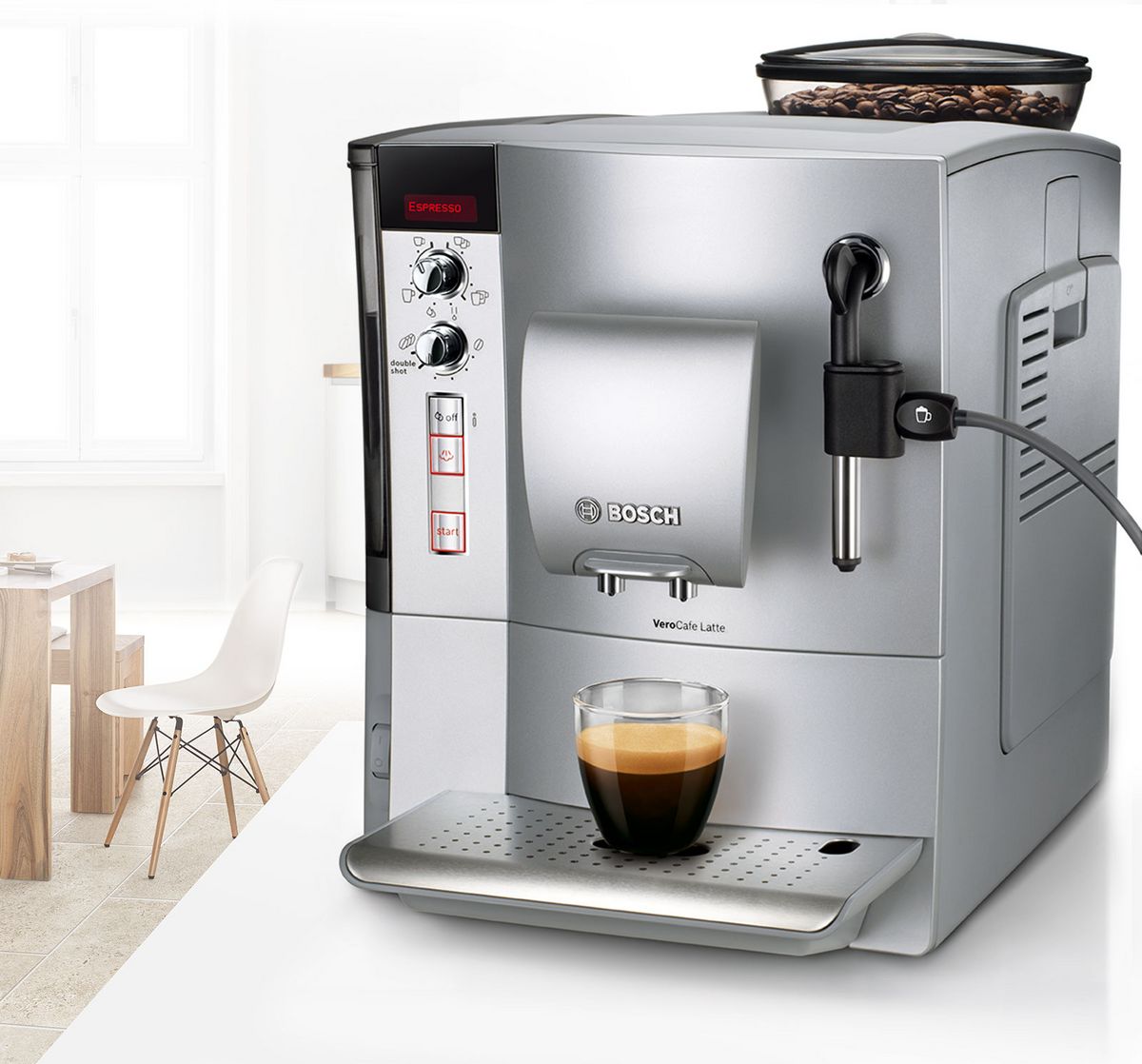
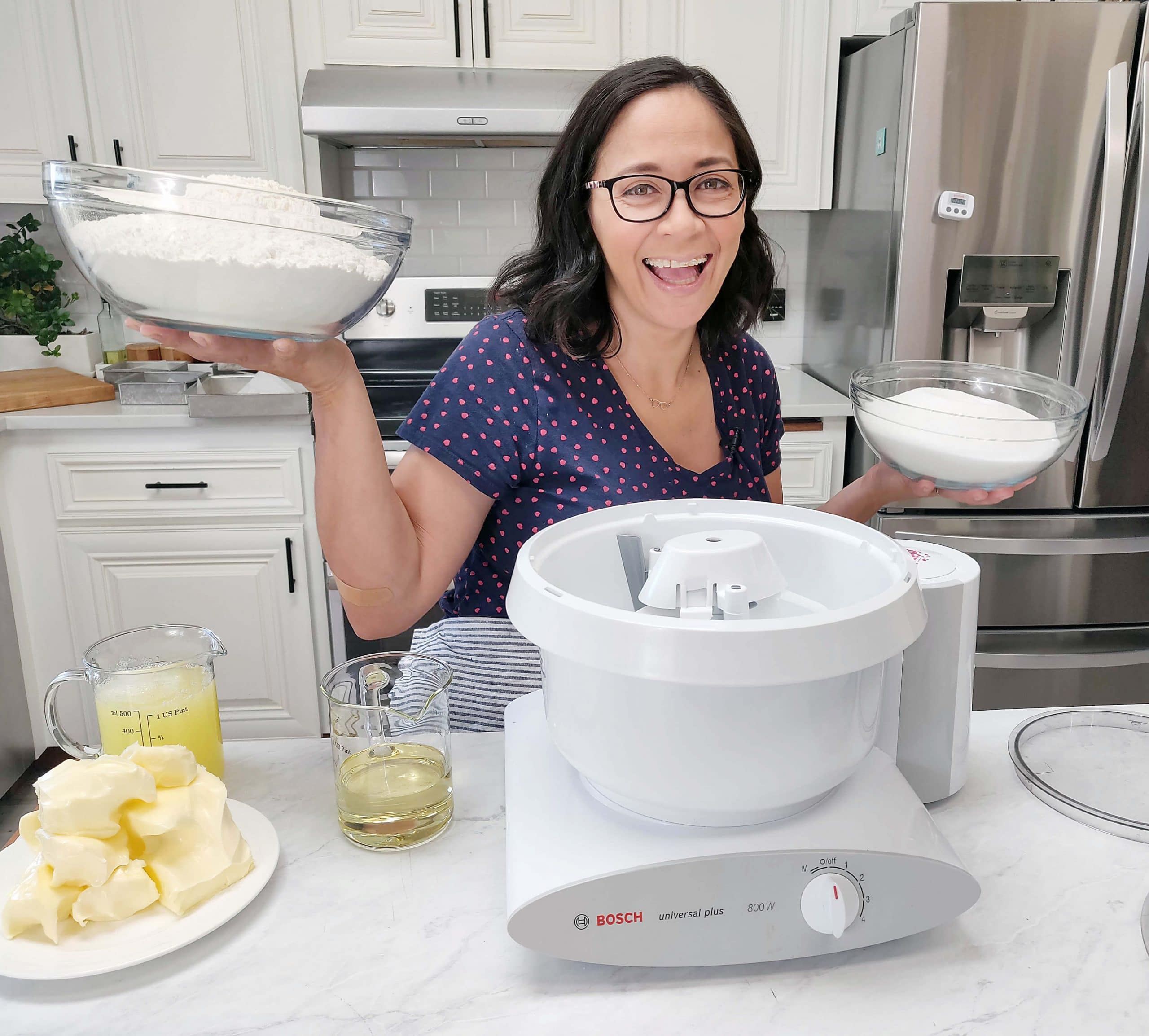

0 thoughts on “How To Start A Bosch Dishwasher”